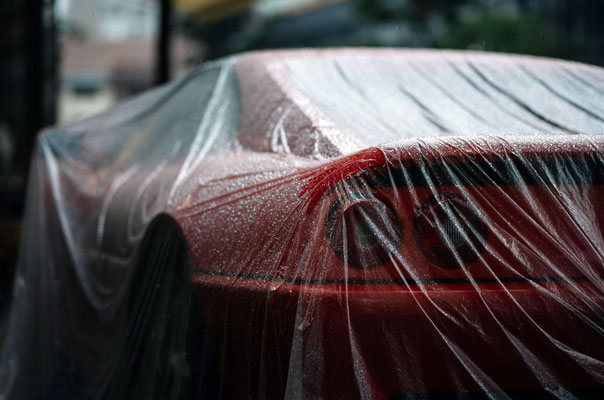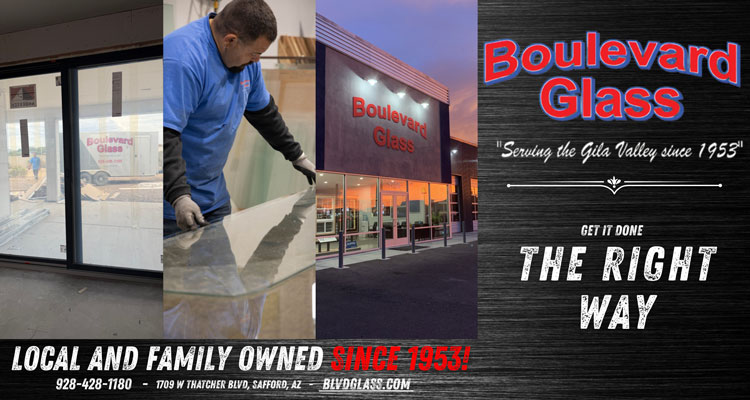Vehicles communicate problems through symptoms that most drivers learn to recognize over time. The difference between routine maintenance and genuine emergencies isn’t always noticeable, but sure warning signs demand dropping everything and getting professional help. Ignoring these signals transforms manageable repairs into catastrophic failures that drain bank accounts and create dangerous situations on the road.
Bristol offers numerous qualified facilities for addressing vehicle emergencies. Establishments like https://www.vip-servicecenter.com/ and other certified workshops throughout the city employ technicians trained to handle urgent mechanical problems. Recognizing which symptoms require immediate action versus which allow scheduling repairs within a few days can prevent both financial disaster and safety hazards.
Understanding the Difference Between Routine Issues and Emergencies
Not every mechanical problem constitutes an emergency. Worn wiper blades or a burned-out bulb need fixing, but don’t threaten anyone’s safety. Urgent problems involve safety-critical systems—brakes, steering, engine components that could fail catastrophically. These issues deteriorate rapidly, and the difference between addressing them today versus next week often means the difference between a straightforward repair and a complete system replacement.
Bristol’s terrain makes inevitable failures more dangerous than they’d be elsewhere. Brake problems on Park Street’s gradient become life-threatening. Steering failures while navigating roundabouts cause accidents. Weather patterns here—persistent rain, occasional ice, coastal salt air—accelerate deterioration of specific components, making vigilance essential.
Dashboard Warning Lights That Won’t Go Away
Modern vehicles monitor dozens of systems through sensors that trigger dashboard lights when problems arise. The check engine light illuminates for everything from loose fuel caps to severe engine damage. A steady light suggests booking an appointment soon. A flashing check engine light means stop driving immediately—the engine is misfiring badly enough to damage the catalytic converter, and continuing to drive destroys expensive components.
Red warning lights demand instant attention. The brake system light indicates low fluid levels or complete brake failure. Oil pressure lights mean lubrication has stopped, and engines seize within minutes without oil. Coolant temperature warnings signal overheating that warps cylinder heads and destroys engines. Battery warning lights show charging system failures that leave drivers stranded when the battery dies.
Brake Performance Changes
Brake failure ranks among the most dangerous mechanical problems. A spongy brake pedal that feels soft suggests air in the brake lines or contaminated fluid. When the pedal sinks slowly to the floor, brake fluid is leaking somewhere, and complete brake failure becomes imminent. Bristol’s hills make functioning brakes non-negotiable—descending steep gradients without reliable stopping power creates disasters.
Pulling to one side during braking indicates uneven wear or seized calipers. The vehicle struggles to maintain straight-line travel, and emergency stops become unpredictable. Vibration or pulsing through the brake pedal sometimes means warped rotors, though it can also signal more serious problems requiring immediate diagnosis.
Unusual Smoke from the Exhaust or Engine Bay
Smoke tells specific stories about internal problems. Blue smoke means the engine burns oil through worn piston rings, deteriorated valve seals, or turbocharger leaks. White smoke suggests coolant entering combustion chambers through failed head gaskets. Black smoke indicates fuel system problems—injectors flooding cylinders or sensors malfunctioning.
Smoke from under the bonnet represents electrical fires, oil hitting hot components, or coolant system failures. This demands stopping immediately and calling for professional assistance, and continuing to drive with visible smoke risks complete engine destruction or actual fires.
Sudden Loss of Power or Acceleration
Engines cutting out while driving create immediate danger in traffic. Fuel delivery stops, electrical systems fail, or ignition breaks down. Power reduction happens through transmission slipping, turbocharger failure in turbocharged engines, or throttle system malfunctions. Hesitation during acceleration suggests fuel contamination, failing spark plugs, or throttle body problems. Any sudden power loss requires immediate professional evaluation.
Steering System Problems
Difficulty turning the steering wheel indicates power steering failure—fluid leaks, pump seizure, or rack damage. Steering vibration at speed can mean simple wheel balance issues or dangerous suspension failures. Strong pulling to one side suggests an impending tire blowout, brake drag, or suspension damage. Loose or unresponsive steering means linkage wear or power steering air. These problems make controlling the vehicle impossible and demand urgent attention.
Fluid Leaks Under the Vehicle
Different fluids indicate different problems. Red or pink fluid leaking means transmission or power steering issues—seals failing, lines damaged. Green, orange, or yellow fluid shows coolant leaking from radiators, hoses, or water pumps. Dark brown or black oil leaks point to engine seal problems or oil pan damage. Clear or light yellow brake fluid represents the most dangerous leak type—brake systems losing fluid fail.
Puddle size matters. Small drips allow scheduling repairs soon. Large puddles or active leaks while driving mean stopping immediately. Brake fluid leaks particularly require instant professional inspection.
Unusual Vibrations Throughout the Vehicle
Vibration at motorway speeds indicates wheel problems, bent rims from pothole strikes, or driveshaft failures. Vibration while idling suggests engine mount deterioration or severe misfires. Shaking during braking means warped rotors, caliper mounting problems, or suspension failures. Vibrations that suddenly appear or intensify rapidly need immediate evaluation.
Strange Smells Inside or Around the Vehicle
Burning rubber smell indicates clutch burning in manual transmissions or belt slippage. Sweet smells mean coolant leaking—heater cores failing inside cabins or external leaks vaporizing. Burning oil or hot metal suggests oil hitting exhaust manifolds or engines overheating. Rotten egg smell from the exhaust indicates catalytic converter failure. Fuel smell inside cabins represents dangerous leaks risking fires.
Battery and Electrical System Failures
Difficulty starting engines might mean weak batteries or alternator problems. Jump starting provides only temporary relief for charging system failures. Flickering lights and accessories failing show alternator output dropping. Complete electrical failure while driving shuts down engine management systems. Burning electrical smells or visible sparking indicate wiring deterioration and fire risks requiring immediate professional help.
Transmission Slipping or Unusual Behaviour
Automatic transmissions slipping between gears indicate low fluid levels, burnt fluid from internal damage, or clutch pack failures. Manual transmissions struggling with gear engagement suggest clutch hydraulic failures or worn synchronizers. Grinding or whining from gearboxes means bearing failures or differential problems. Delayed engagement when shifting signals severe internal wear that shouldn’t be ignored.
What to Do When You Notice These Warning Signs
Critical problems require pulling over safely and calling for assistance. Bristol roadside services provide towing when driving becomes unsafe. Documenting symptoms helps mechanics diagnose faster—recording sounds, noting when problems occur, describing smells and behaviours completely.
Choosing the right facility for urgent work matters. Some shops handle emergencies better than others. Qualifications and equipment determine whether a garage can address specific problems effectively.
The Real Cost of Delaying Professional Attention
Minor problems left unaddressed become major expenses. Early intervention costs a fraction of what a complete system replacement demands. Safety risks multiply—mechanical failures cause accidents. Insurance claims and warranty coverage often depend on maintaining vehicles properly, and neglected maintenance voids protection.










